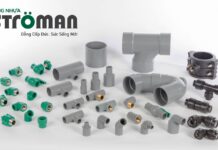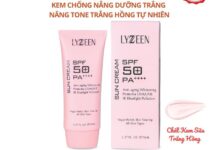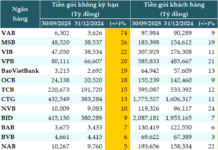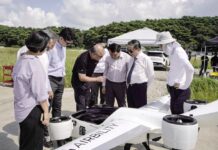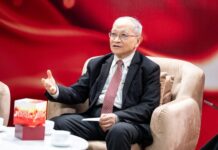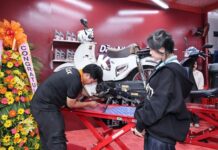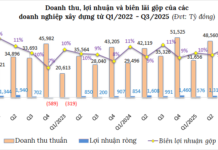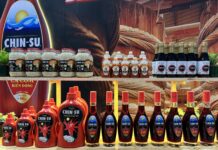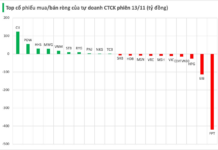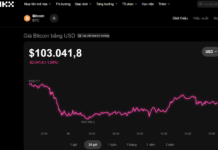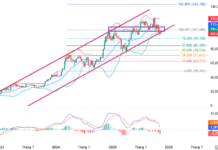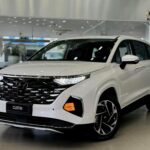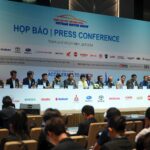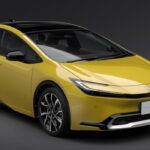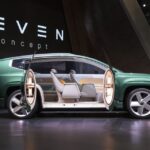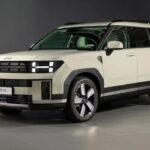For a long time, South Korean cars were favored over their Japanese counterparts due to their attractive designs, advanced technology, and competitive pricing. Well-known South Korean brands such as Hyundai and Kia enjoyed superior sales for an extended period.
Japanese Cars Close the Gap
In 2022, South Korean automakers still impressed in the Vietnamese market, with Kia selling over 60,700 units and Hyundai surpassing 81,500 units. In previous years, South Korean brands consistently achieved sales of 50,000-70,000 units annually, with Hyundai leading the way and outperforming Toyota, a Japanese brand. However, since 2023, the sales of South Korean vehicles in Vietnam have been on a downward trend, ceding market share to Japanese cars.

South Korean carmakers will struggle to attract customers without significant discounts and promotions.
According to the Vietnam Automobile Manufacturers’ Association (VAMA), in the first ten months of 2024, Toyota sold nearly 50,000 vehicles, a 21.5% increase compared to the same period last year. During the same period, Mitsubishi recorded sales of 32,334 units, while Mazda sold 25,000 cars. In contrast, Kia sold only 40,000 cars in 2023 and 27,000 units in the first ten months of 2024. Hyundai, on the other hand, sold over 57,680 cars in 2023 and more than 40,000 in the first ten months of 2024, but still lagged behind Toyota.
According to industry insiders, in December 2024, the policy of a 50% reduction in registration fees for domestically produced and assembled cars will expire, making it unlikely for South Korean brands to experience a surge in sales. Moreover, as most customers who intended to take advantage of the reduced registration fees have already made their purchases in the past three months, the remaining demand is not substantial.
Japanese Brands’ Strong Comeback
Amid a global economic downturn that significantly impacted the automotive industry, Japanese automakers responded swiftly by introducing new models, offering significant price reductions, and providing various customer incentives. In contrast, South Korean carmakers appeared slower to react and have not implemented equally aggressive strategies.
Mr. Tran Hoang Thai, owner of a car showroom in Ho Chi Minh City, noted that South Korean automakers seem to be facing financial constraints, which limit their ability to develop strategies, invest in technology, and adapt to market demands. Meanwhile, due to economic challenges and limited financial resources, consumers’ preferences have shifted towards Japanese vehicles known for their reliability and durability.
According to Mr. Nguyen Van Ton, Director of Automotive Operations at Southern Aviation Transport Joint Stock Company, the main attraction of South Korean cars used to be their frequent design changes, creating a sense of excitement among buyers. However, this appeal has faded, and inconsistent sales strategies have led to a decline in consumer confidence. “In previous years, South Korean cars benefited from strong demand from taxi and ride-sharing services, but this advantage diminished with the entry of an electric car-hailing service backed by a large enterprise,” Mr. Ton explained. He added that South Korean cars also suffer from higher depreciation compared to Japanese cars, which are known for their superior durability.
Ms. Nguyen Thi Hien, owner of the Hien Auto System in Ho Chi Minh City, attributed the growing popularity of Japanese cars to the improvements made by Japanese automakers. They have addressed previous shortcomings, such as slow design changes and limited technology. Today, Japanese cars feature eye-catching designs that rival South Korean models and offer more advanced technology. Ms. Hien noted that Japanese brands now offer a range of small, affordable cars to compete with South Korean brands, and they have also strongly entered the seven-seater segment with reasonably priced models, whereas South Korean cars in this category tend to be more expensive.
Mr. Dao Cong Quyet, a representative of VAMA, pointed out another advantage of Japanese automakers: their quick adoption of hybrid technology, resulting in fuel-efficient and environmentally friendly vehicles. Additionally, Japanese car brands have built a strong reputation and earned the trust of customers through decades of proven quality.
The Hyundai Cusitin: Now with a Massive Discount of Over 50 Million VND at Dealerships Nationwide – Starting Price Slashed to Below 800 Million, Offering More for Less and Rivaling the Base Model Toyota Innova.
Despite its larger size and more spacious interior, the Hyundai Custin boasts a price tag comparable to that of the Toyota Innova/Innova Cross.
The Evolution of Toyota’s Eco-Friendly Vehicles in Vietnam: A Conversation with the Country’s Top Executive
The head of Toyota Vietnam acknowledges the growing environmental consciousness among consumers, as evidenced by the month-on-month rise in sales of Toyota’s hybrid vehicles. Notably, the Innova Cross model witnessed a substantial 38% of its total sales attributed to the hybrid version, reflecting a shift in consumer preferences towards environmentally friendly options.
The Electric Revolution: Hyundai’s $87 Billion Bet on Electromobility, Targeting 5.5 Million Annual Sales
The Hyundai Group is set to accelerate its hybrid offerings across its three brands: Hyundai, Genesis, and Kia. With a bold target of selling 2 million electric vehicles annually from 2030 onwards, the group is committed to an electrified future. This ambitious plan showcases the group’s dedication to innovation and sustainability, as they strive to offer cutting-edge, eco-friendly options to their customers.



